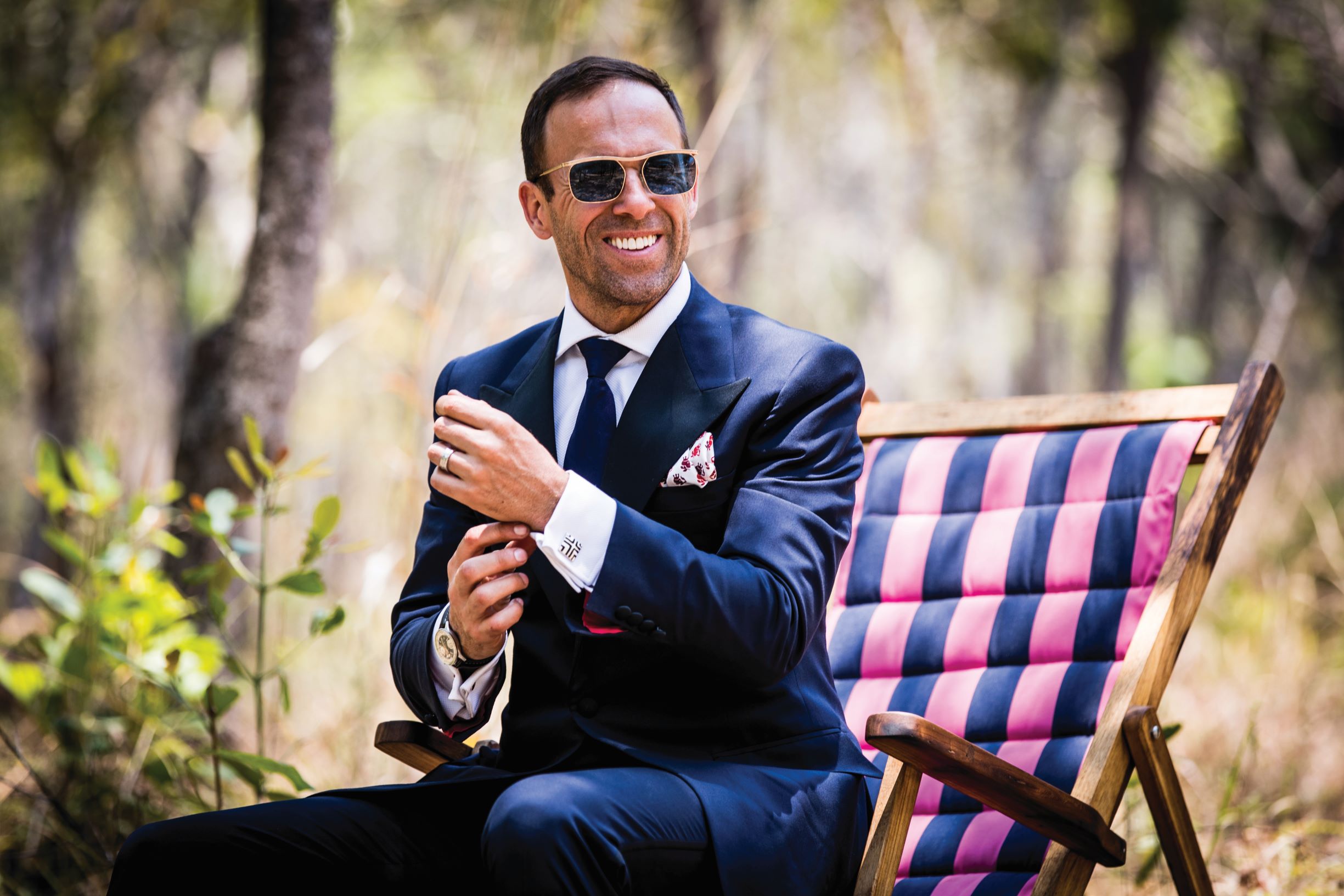The ‘Elephant Charge’ is the Ultimate African Off-Road Experience
A once-in-a-lifetime event for thrill seekers and Land Rover lovers alike.
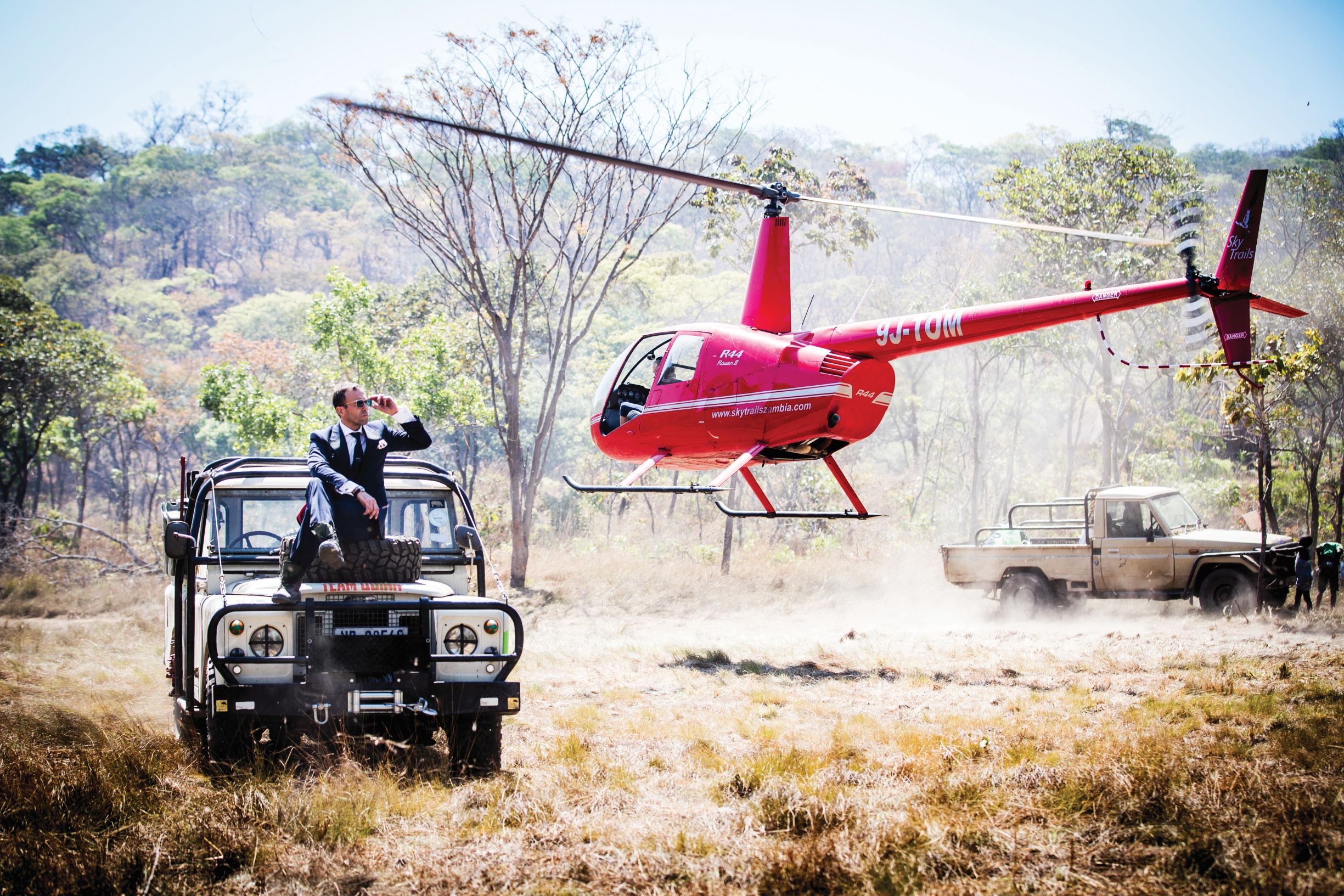
I rubbed my bleary eyes as the caffeine kicked in, and the fog lifted. Twenty-three hours of air travel, on a nearly 12,000-mile marvel of a modern journey from Gotham City to Lusaka, Zambia—what used to be Northern Rhodesia. Then, three hours’ sleep in a fantastic hotel after greeting friends old and new.
I cracked a local Mosi beer for breakfast. It would have been almost rude not to. Some might well agree that it would even out the cockeyed view of the world-class sunrise peeking through my jet-lag-tinted glasses on the long drive out to camp.
The last best 4WD I had climbed out of was a Lamborghini Aventador, at Pebble Beach. But this was a whole different kettle of fish, one that had me thinking of a more immediate and potentially self-imposed grisly demise, bleeding out hundreds of miles from the closest hospital in a squashed four-wheel-drive tin can.
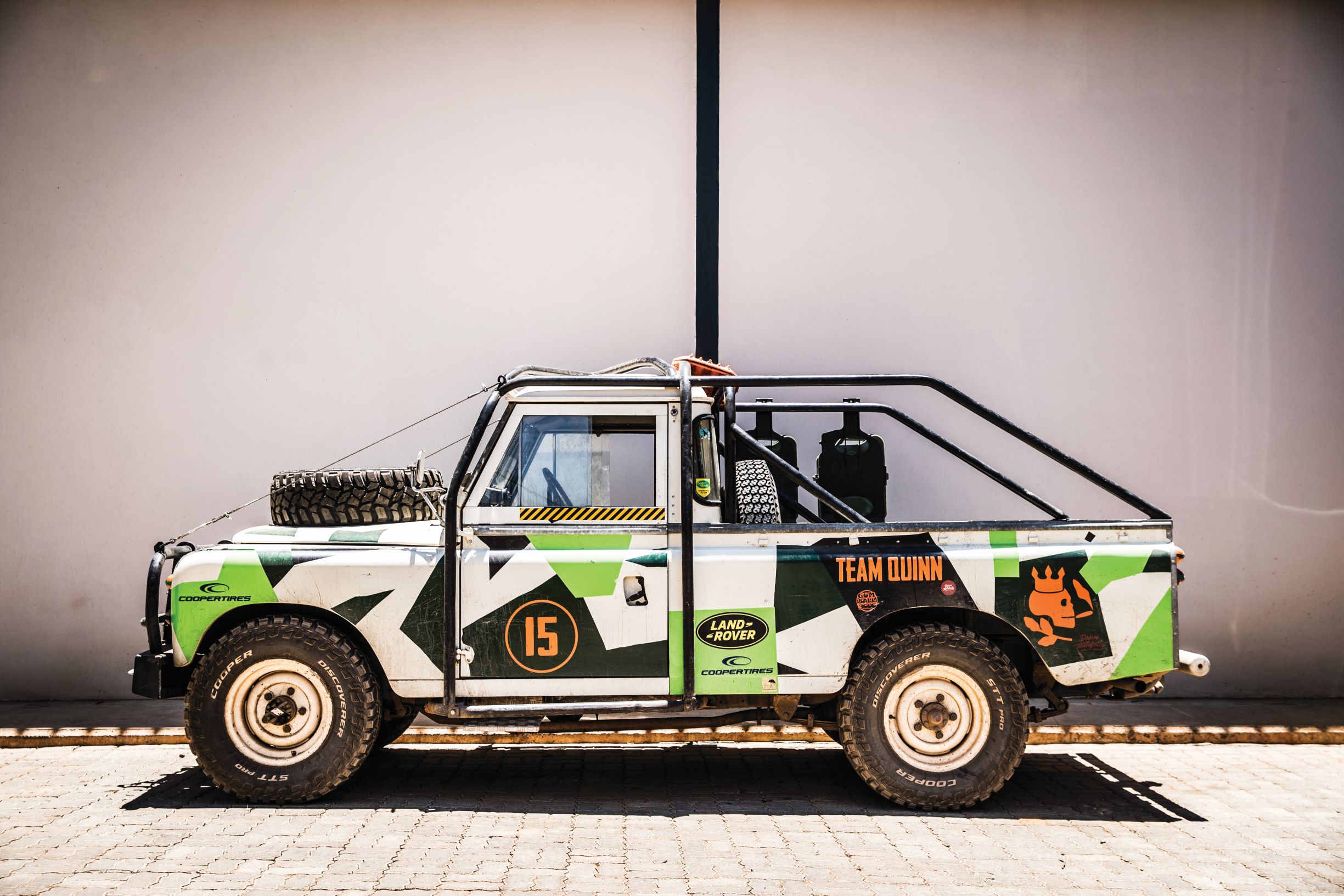
I girded my loins for an interval training course of plunges into, and out of, the abyss—placing life, team, and sanity in the cradle of Warn Industries winches, Cooper Discoverer STT Pro tires, and notorious Land Rover mechanics. The guy who wrenched the car together being an entirely different story.
Lunatics have been tinkering and convening to spike their adrenaline since combustion engines were invented, but this— orienteering through elephant terrain—was convening with a cause. We were there for the dust, sweat, and gears of the Elephant Charge, an annual extreme off-road event aiding Zambia’s conservation efforts, on which we’d grind along through the nowhere of wildlife tracks and animal shit.
But mostly we were there for the camaraderie of teammates divining routes through impenetrable terrain, making use of mathematical calculations of risk and the skill required to pass obstacles most mere mortals would consider suicidal, all while the laissez-faire attitude of a time and place long since past became more apparent one gin and tonic at a time.
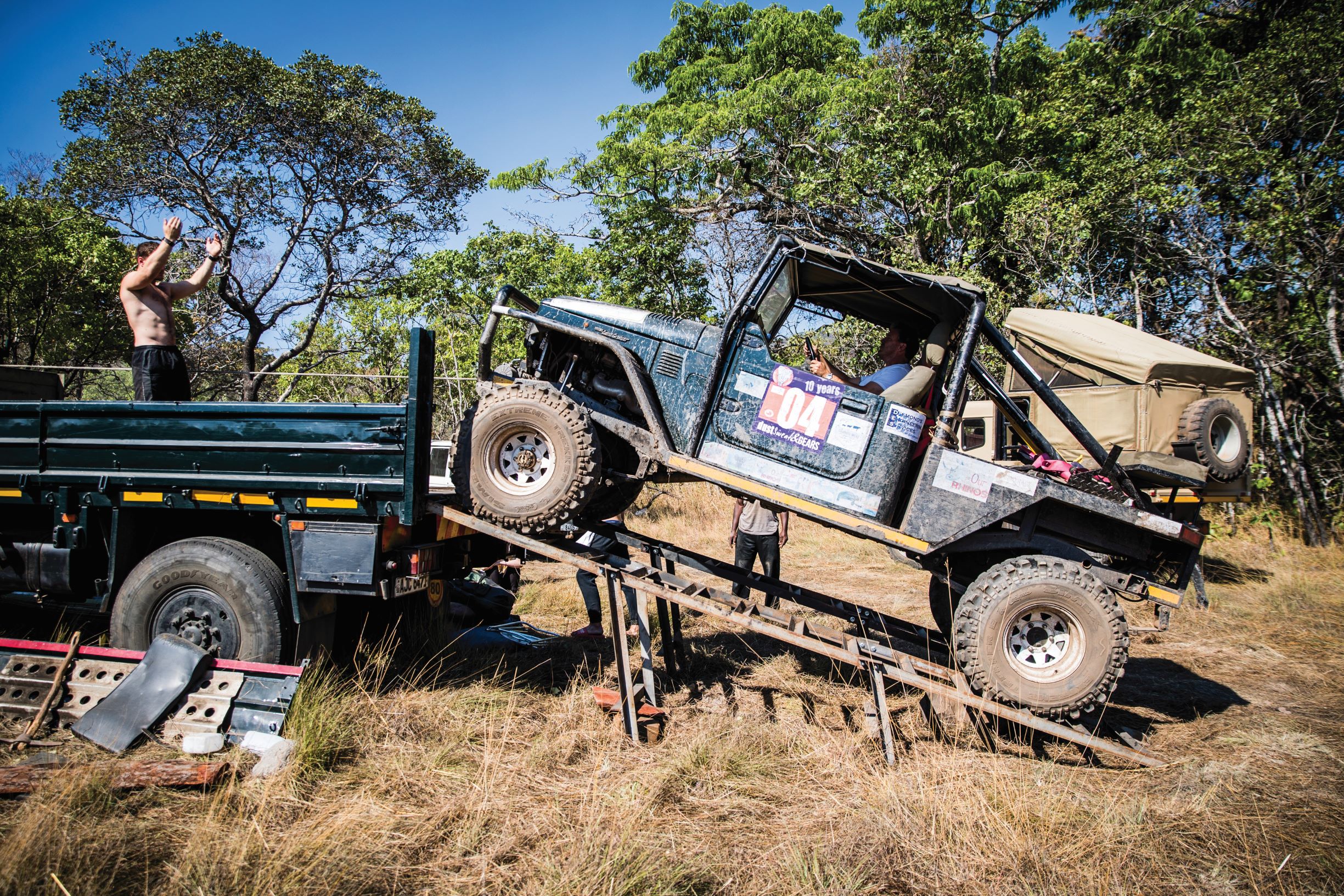
The Charge was cofounded by the only man with a louder laugh and heartier smile than yours truly: Mr. Peter Castle. Think of it as a short-course Paris Dakar: a weekend jolly in the heart of the African bush, complete with about 400 characters who wouldn’t have looked out of place in the bar at Mos Eisley on the desert planet of Tatooine, and have about the same survival odds.
Up to 35 teams are allowed to enter, in vehicles that must have started life with a registered weight of less than three metric tons. Each team has four to six members—a driver, a navigator, and two to four “runners.”
Once you’ve been to the team briefing, the role of the runners becomes more apparent and more important; it is their job to fan out ahead of the car to gauge the most direct achievable route. The Charge starts at around 7 a.m. on race day, with teams splitting into different groups that begin at different checkpoints to avoid a complete shit show at the start. The winning team is the one that completes all of the checkpoints within the allotted time via the shortest distance.
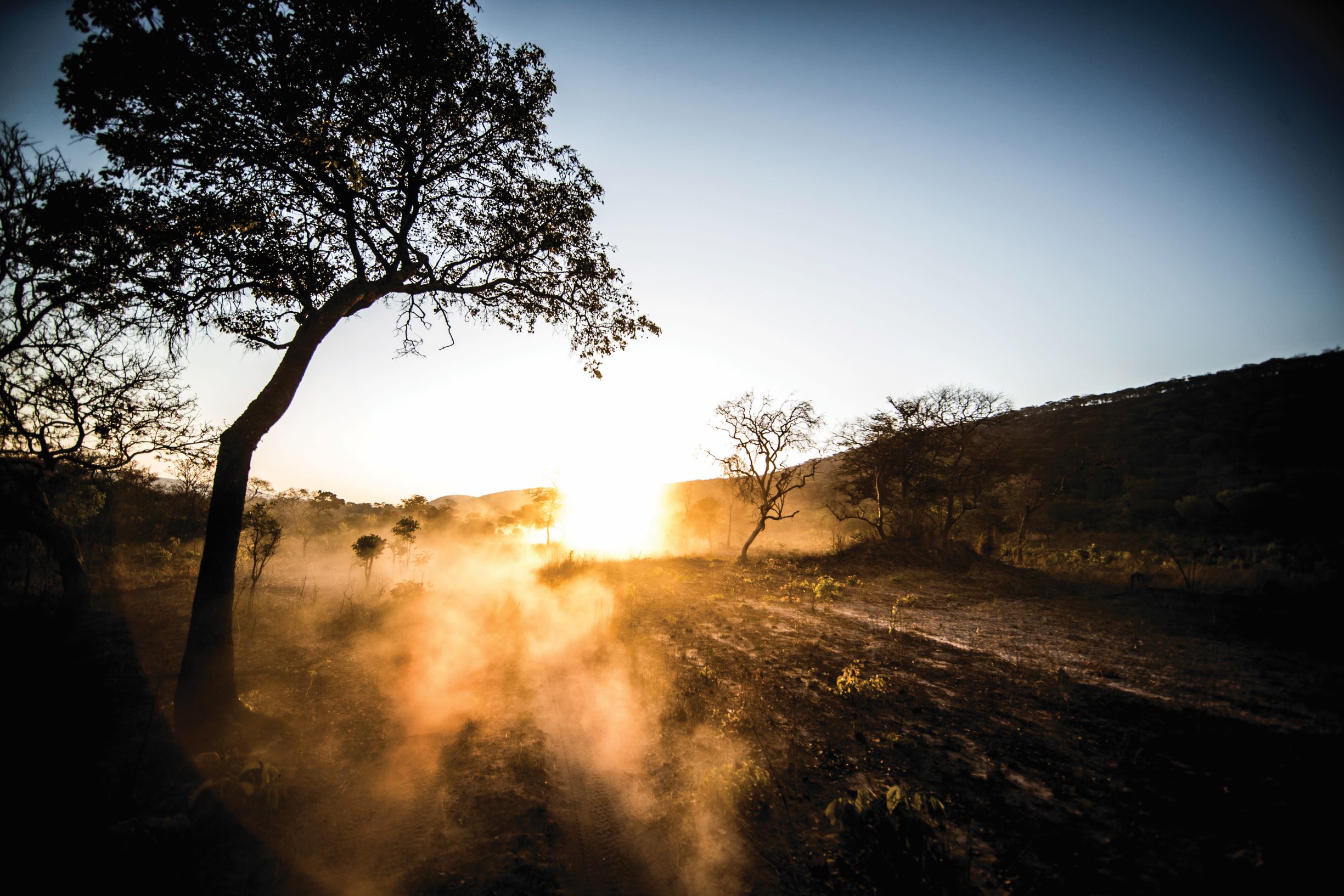
Speed is almost irrelevant, save for ensuring you complete the race on time; far more important is thrift of distance, which accounts for the preponderance of death-defying stunts undertaken to save a few hundred yards. Most years, less than half the cars finish. Some years it’s as few as 20 percent, which has less to do with the quality of the cars than with the extremity of the terrain.
It’s not a bad set of statistics to ponder in
a world gone mad, where pachyderm tusks have become the catnip of the deranged, commanding such crazy rewards that poachers butcher the riches of the environment. Not for the meat, or out of hunger, but simply to dig for incisors to smuggle abroad. Blood tusks. Just like blood diamonds, except they are from something that was once alive and present.
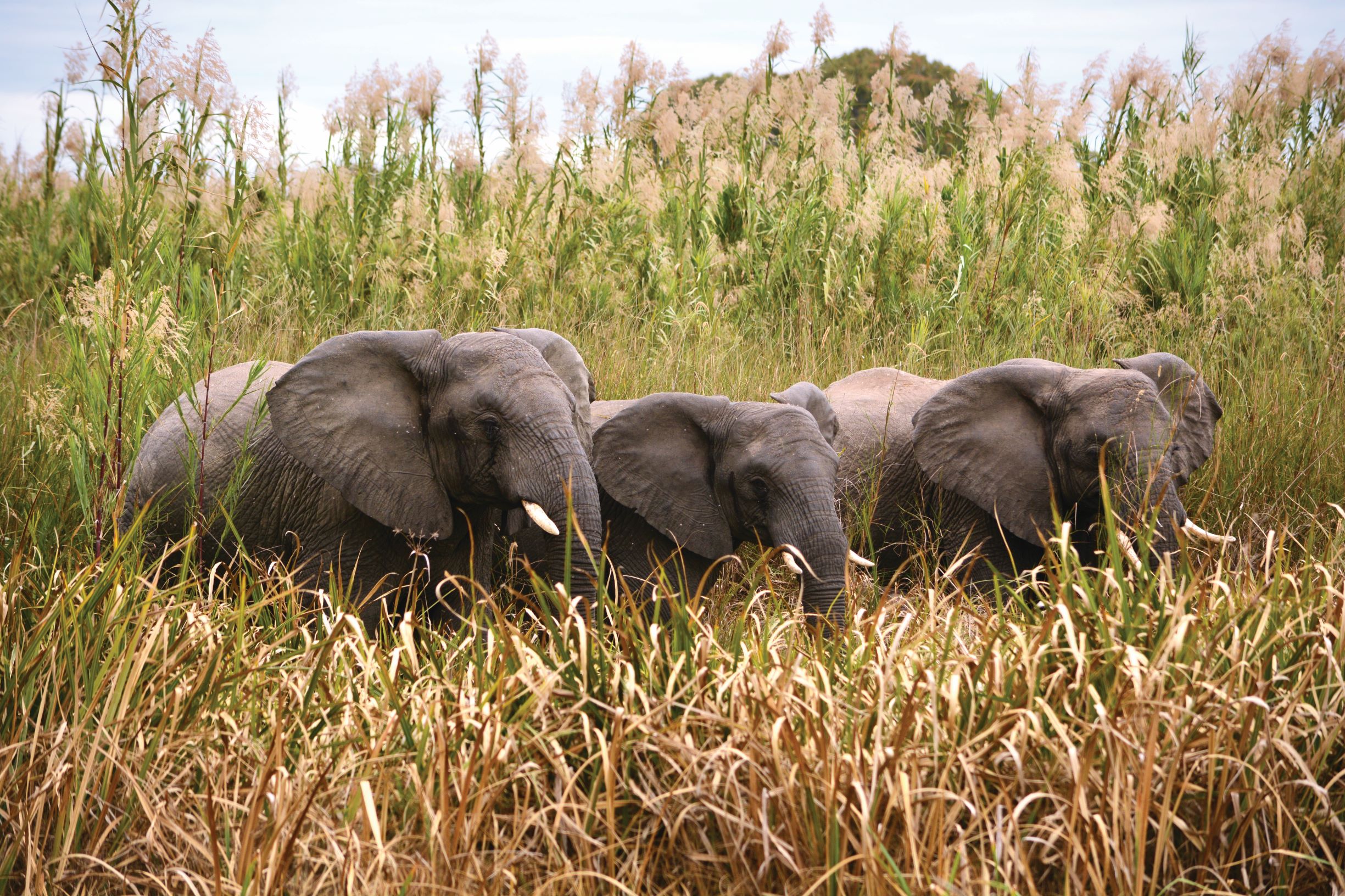
Elephants might be intelligent enough to know where they are protected and where they are not; disciplined enough to travel scores of miles across imaginary borders for food and water. Many are now in sanctuaries where they can find medicine, rest, and respite. Where once there were millions, now there are a few hundred thousand in Africa. Nominally they are protected, but they are not.
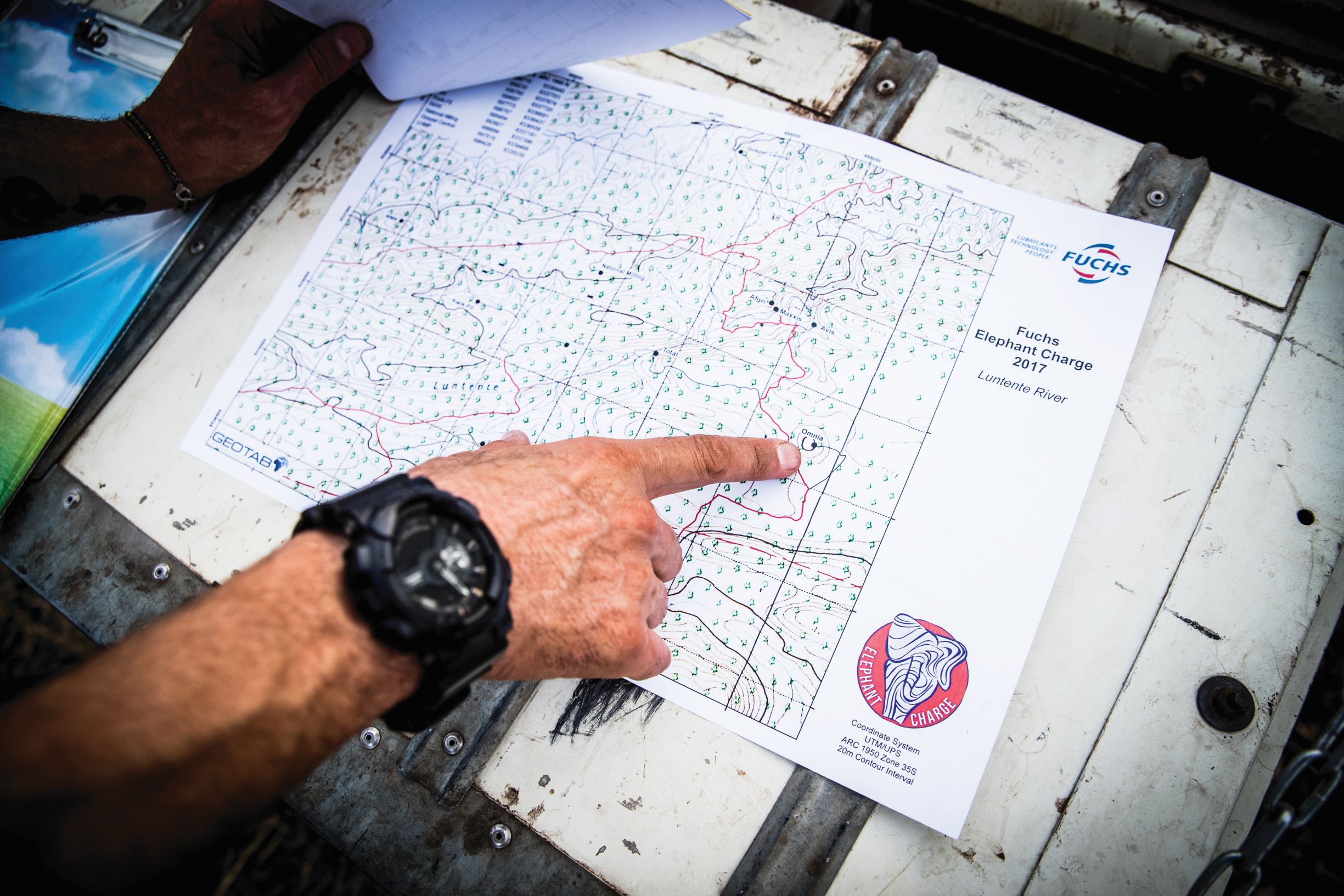
One of the ironies is that the only elephants normally spotted in the course of the event are on the race’s logo. If you can find your way out to the camp with the directions provided the day before, you are already halfway to winning.
But the real fun begins around 4:30 a.m. on Saturday morning, as you drag yourself out of the previous night’s festivities and bundle into your car in the morning mist, selecting low four-wheel drive, ready for the rehydration salts and blistering heat that is yet to come.

You’ve already charted your strategy for the day over several beers the night before. Now you just need to execute within the allowed time, finishing before 3 p.m. or before you break your car or your team’s spirit.
Without knowing whether your course will lead to impassable ravines, flooded riverbeds, or almost vertical drops, you will battle through checkpoint after checkpoint, each a celebration in and of itself; a step toward survival and success.
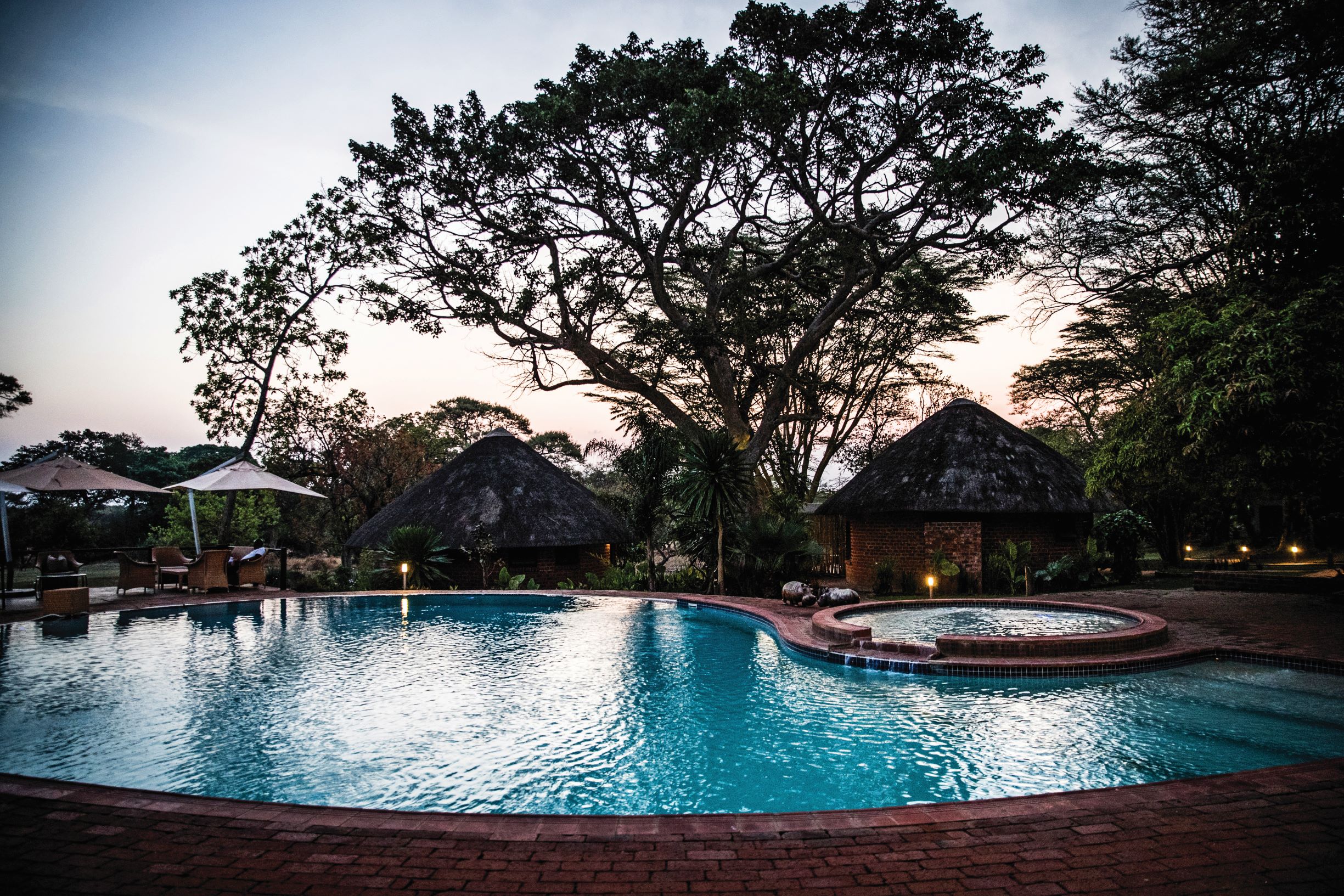
Ultimately, most who try fail. But despite cars breaking and dreams being smashed, all who survive celebrate together at the end of a long day. We sit down for dinner with toasts, speeches, and prizes…and one last huzzah before camp breaks for another year. We’ve finished once in five attempts. But we’ll be back again for more.
